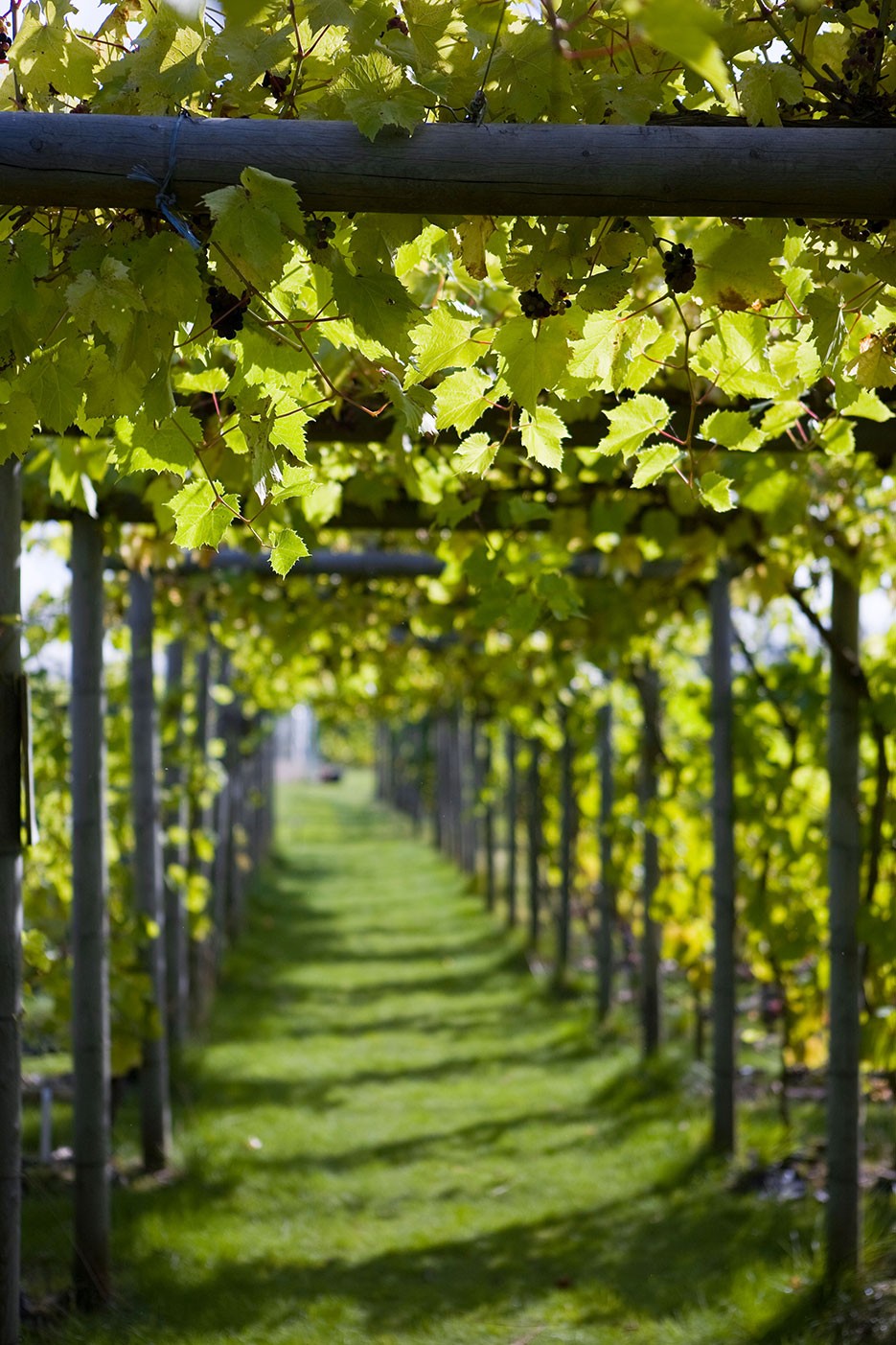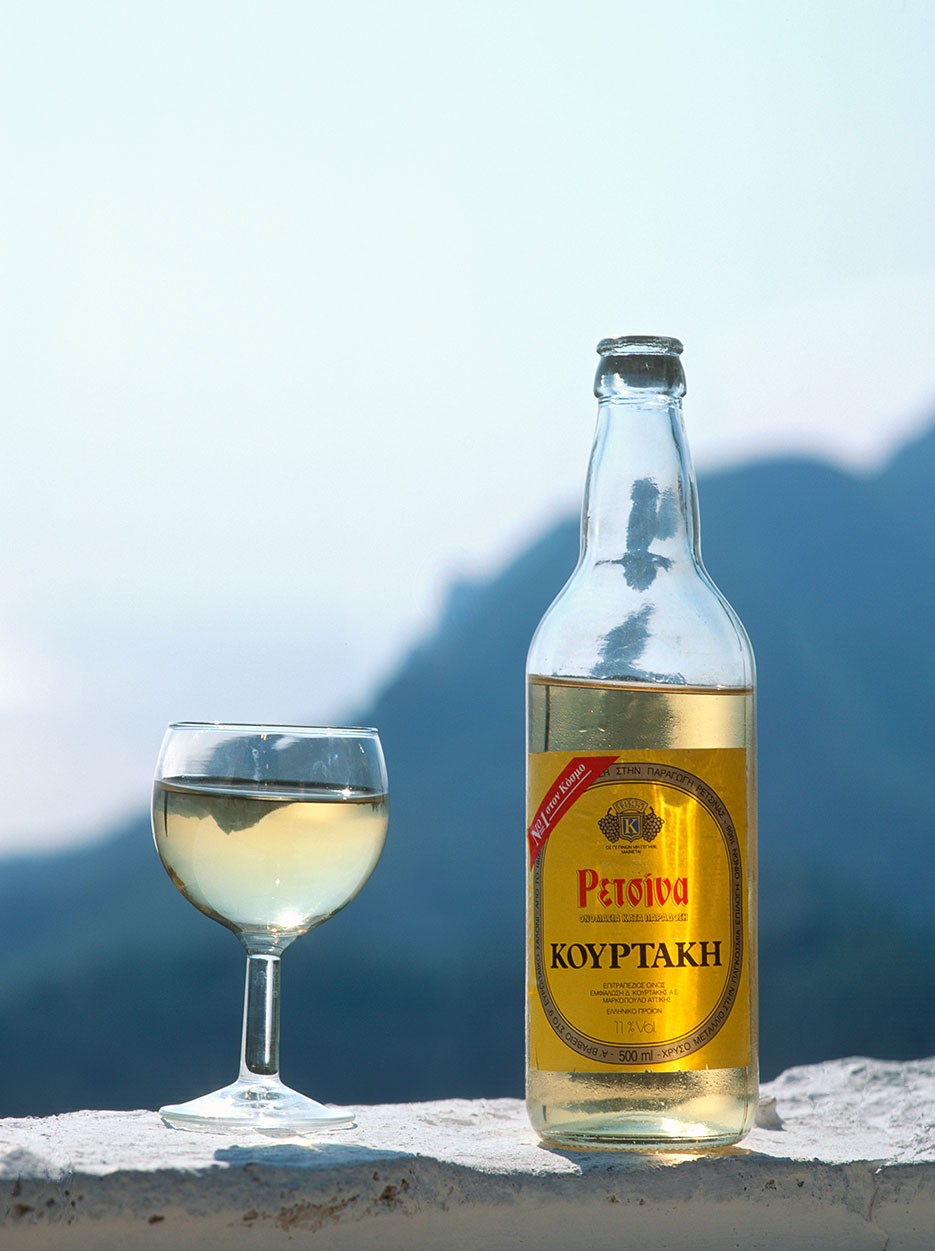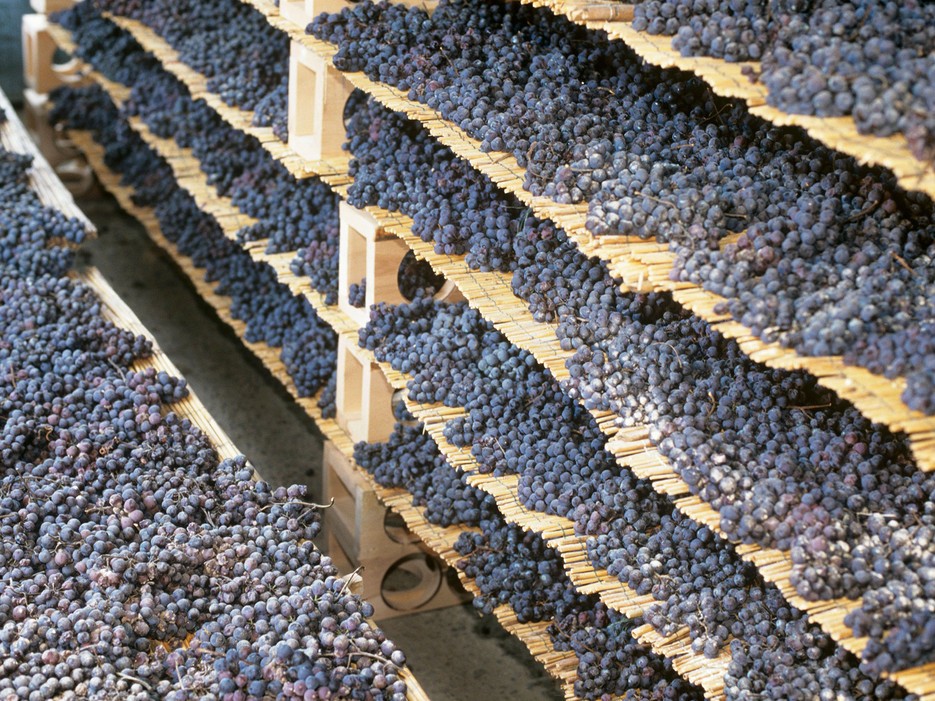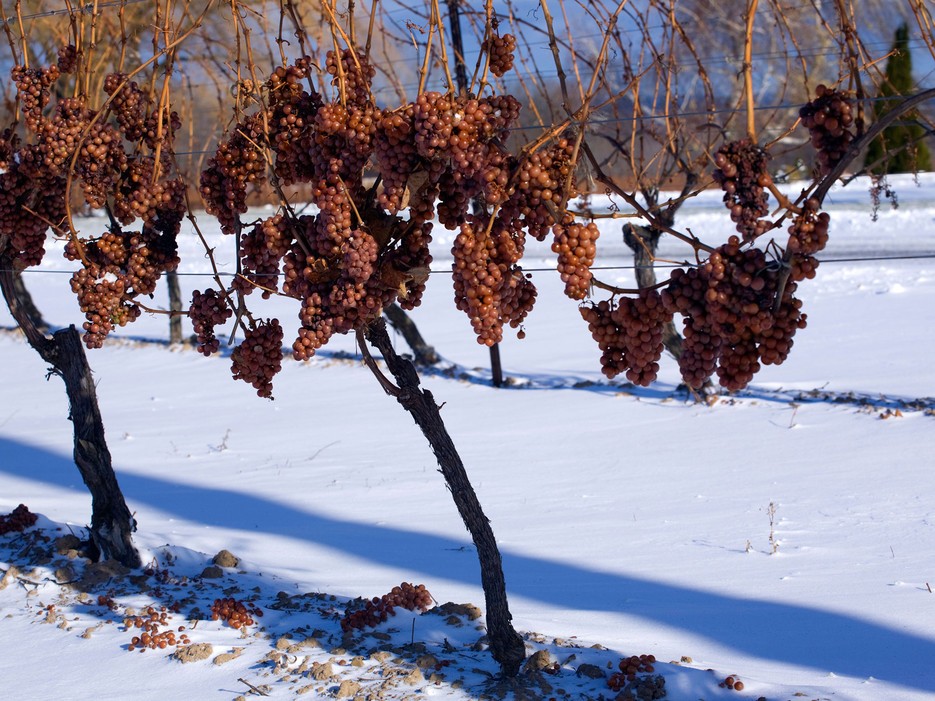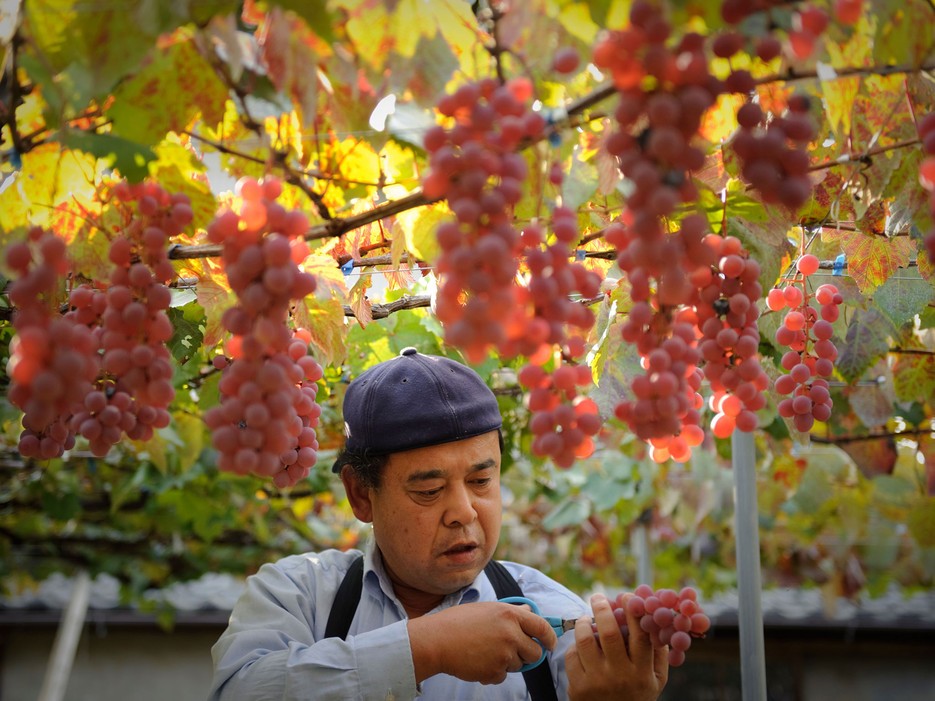The online edition of Condé Nast Traveler, a luxury and lifestyle travel magazine that offers its readers the latest travel news, recommended destinations, travel advice and tips has recently published an article on unusual wines a traveler can try around the world.
Famous Greek retsina wine, which has been made for at least 2000 years and is said to have originated from the practice of sealing wine vessels, particularly amphorae, with Aleppo Pine resin in ancient times, is of course included in the list.
“Traveling provides a fantastic chance to break out of your wine rut,” the article states and proposes the following eight wines you should discover.
Tokay
Derived from Tokaj, the Hungarian wine region, this wine with a striking yellow color has an unusual flavor resulting from a fungus!
Georgian Wine
Georgia is probably the oldest wine region in the world, with a history of viticulture that goes back at least 8,000 years.
Orange Wine
The winemaking regions of Georgia and Armenia have a longstanding tradition of orange wine production
Swedish Wines
The article recommends a visit at the vineyards in the Skåne province in the countryside surrounding Malmö, for an unusual culinary experience.
Retsina
“The pine resin that gives retsina its distinctive taste was used in ancient times to seal the clay amphorae the Greeks used to age and store wine. The advent of oak barrels made it obsolete as a sealant, but it has remained popular as a way of flavoring white and rosé wines in Greece to the present day,” says Condé Nast Traveler while urging the readers to look for retsina at Greek tavernas throughout the country.
Passito
“To get the intense sweetness that typifies passito wines, the grapes are raisinated (partially dried) to concentrate flavors,” CNT says.
Eiswein
The “ice wine” can be found throughout the mountainous countries of Central Europe, though, as well as in newer wine regions in Scandinavia, Canada, and the northern U.S.
Koshu Wine
Koshu grapes are a variety that have been cultivated in Japan for 1,000 years, but the first Koshu wine was only produced by Japanese vintners in 1877.
Ask me anything
Explore related questions




